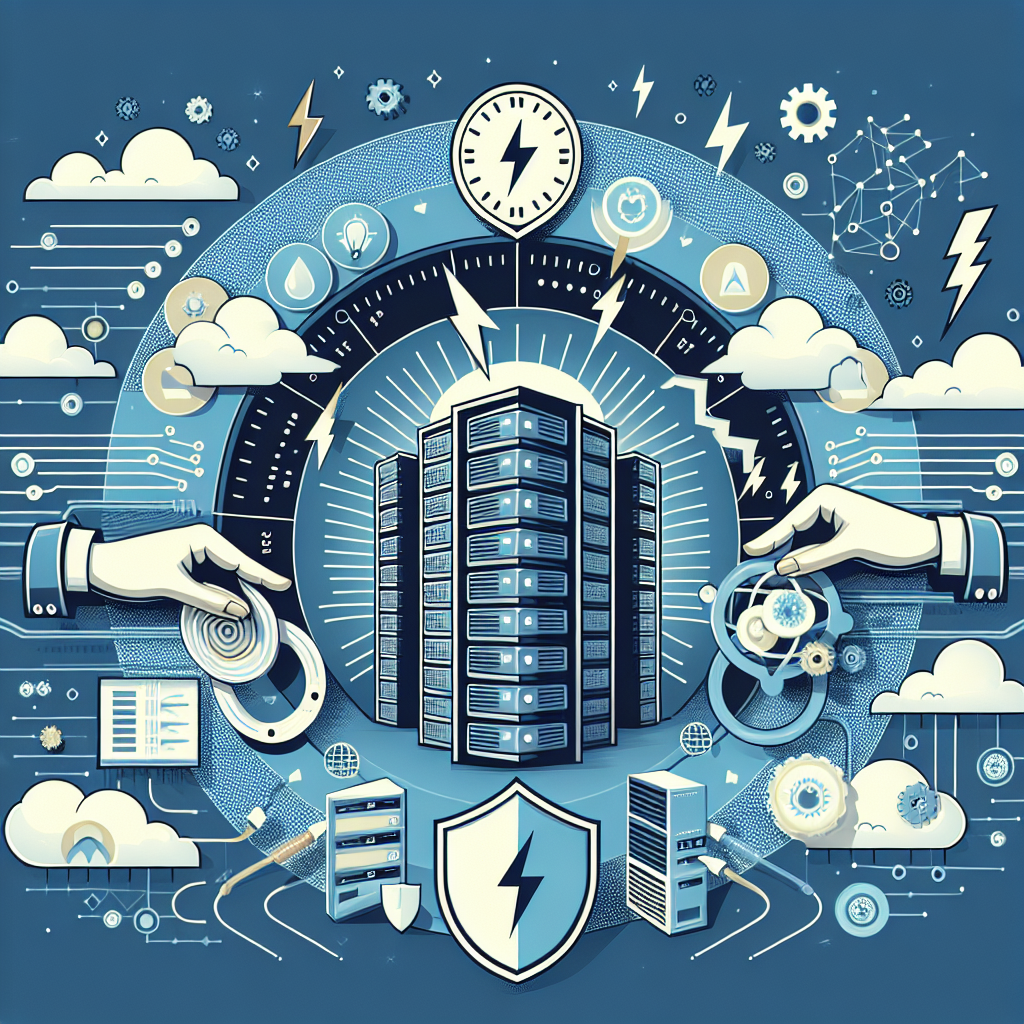Data centers are the backbone of modern businesses, housing critical IT infrastructure and data that are essential for operations. Ensuring the uptime and resilience of data centers is crucial to prevent costly downtime and maintain business continuity. Maximizing uptime requires a combination of strategic planning, proactive maintenance, and continuous monitoring. In this article, we will discuss strategies for improving data center resilience and minimizing the risk of downtime.
1. Redundant power supply: Power outages are one of the most common causes of data center downtime. Implementing a redundant power supply system, such as Uninterruptible Power Supply (UPS) units and backup generators, can help ensure continuous power supply even in the event of a power failure. Regular testing and maintenance of these systems are essential to ensure they are functioning properly when needed.
2. Cooling system redundancy: Data centers generate a significant amount of heat due to the operation of servers and other equipment. A cooling system failure can lead to overheating and equipment failure. Implementing redundant cooling systems, such as backup HVAC units and redundant chillers, can help maintain optimal temperature levels and prevent equipment overheating.
3. Regular maintenance and testing: Regular maintenance of data center equipment, including servers, networking devices, and cooling systems, is essential to prevent unexpected failures. Conducting regular inspections, testing, and preventive maintenance can help identify potential issues before they escalate into major problems. It is also important to have a comprehensive disaster recovery plan in place to quickly restore operations in the event of a data center failure.
4. Monitoring and automation: Implementing a monitoring system that continuously tracks the performance and health of data center equipment can help identify potential issues before they impact operations. Automated alerts can notify IT staff of any anomalies or potential failures, allowing them to take proactive action to prevent downtime. Automation can also help streamline operations and reduce the risk of human error.
5. Physical security: Data centers house sensitive equipment and data, making them a target for theft and vandalism. Implementing robust physical security measures, such as access control systems, surveillance cameras, and security guards, can help prevent unauthorized access and protect valuable assets.
In conclusion, maximizing uptime and improving data center resilience requires a combination of strategic planning, proactive maintenance, and continuous monitoring. By implementing redundant power and cooling systems, conducting regular maintenance and testing, monitoring equipment performance, and enhancing physical security measures, businesses can minimize the risk of downtime and ensure continuous operations. Investing in data center resilience is essential to protect critical IT infrastructure and maintain business continuity in today’s digital age.


Leave a Reply